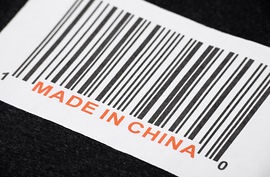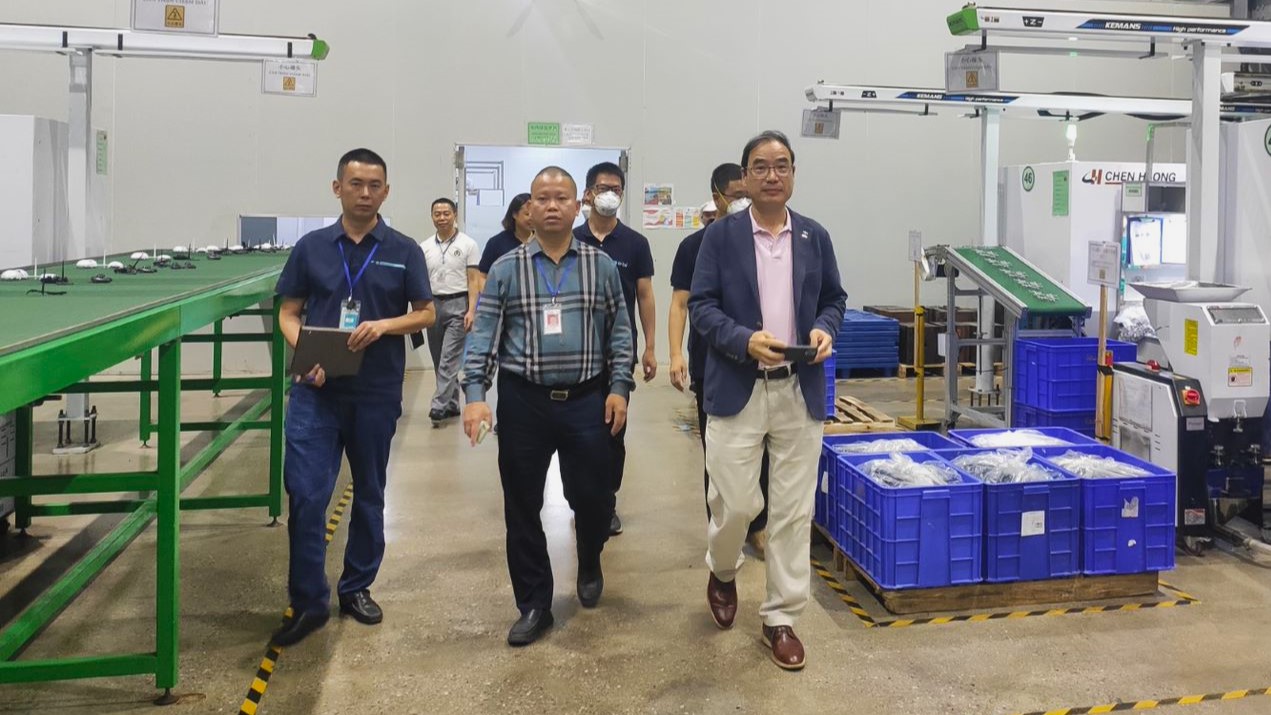How many times have you seen a “Made in China” label on a product? Chances are your answer is “a lot”. This product information isn’t just a courtesy to the customer. It’s legally required for products imported into and sold in the U.S. But what actually determines country of origin? What really makes something “made” in China, versus say, “assembled” in China?
U.S. Customs and Border Protection (CBP) regulates product country of origin for the U.S. The law typically requires some sort of indication of country of origin marked on foreign products that are imported into the U.S.For some products this is pretty straight forward. Raw agricultural products grown in China, for example, would wholly be a product of China, or made in China.
For other products, it gets a bit more complicated. Let’s say a U.S. company is manufacturing a product in China using components that were sourced from various other countries. Is it made in China even if its components were not? To determine this, the rules and regulations put in place by CBP must be analyzed.

The two basic types of rules of origin are preferential and non-preferential. While the general rules are the same, exact rules may vary from country to country.
Preferential rules of origin schemes respond to specific trade agreements made between partners of a free trade area which include tariff concessions, and reflect their specific trade interests. This means they naturally will differ from agreement to agreement. It is with these rules that the products that can benefit from tariff concessions can be determined.NAFTA is an example of a trade agreement offering tariff concession for goods that originate according to its rules.
Non-preferential rules of origin are for general application. They are used to determine a product’s country of origin for certain purposes such as origin marking, trade statistics,government procurement, import quotas, anti-dumping and countervailing duties, most-favored nation treatment, and more. The criterion in which a good that is wholly obtained and produced in a single country is a product of that country typically applies here.
For products manufactured in, assembled in, or using materials sourced in more than one country, further methods are used. As a rule, a product like this is a product of the last country in which it has been substantially transformed. The substantial transformation concept is based on a change in name, character, or distinctive method of use.
In order to determine whether a transformation is substantial, typically these methods are used:
- Value-added percentage test
- Specified process tests
- Change in tariff classification
The value-added test defines the minimum percentage of value that must come from the originating country, or a maximum value that can come from the use of foreign parts. If the percentage does not fall within the accepted range, the last production process will not confer origin.
The specified process tests advise specific sourcing or production processes that a product is required to undergo that may or may not confer origin.This test is typically used as a supplemental test of origin since it would be difficult to define a process test for a wide range of products and keep the rules updated as new products and technological processes are developed. It is,however, easily customized to meet a specific situation.
The change in tariff classification method refers to the Harmonized System of Tariff Nomenclature to determine origin of a good. It means that the tariff classification of the final product is different than the tariff classification of its components.
If, after running through these types of tests, it is determined that there was no substantial transformation to the product, it maybe a case of “assembled” in China, or whichever the most recent country in question is. Assembled typically refers to parts that were sourced from other countries and were then simply put together into their final form in a certain country. For a product to be “made” in China, it must be all or virtually all made in that country, at least in the sense that it took on its unique form there. There may be sub-assemblies or components manufactured in other countries,but if they are not essential to the functionality or essence of the final product, the country of origin may not change.
The importance of country of origin goes beyond getting it right just for the label or mark. For companies exporting goods from China to the U.S., the implications of country of origin can affect ability to export,reputation with CBP, as well as tariff rate, among other things. Country of origin must be listed on CBP entry forms. An incorrectly listed country of origin could cause the importer to face penalties from Customs such as delayed Customs clearance, increased chances of audits or fines.
In today’s political climate especially, the implications of country of origin on tariff rates is immense. It’s best to determine origin early, or even consider it when designing your supply chain, in order to understand what kind of import tariffs you may face.
Determining country of origin early and based on factual support will help ensure the product remains compliant with CBP import rules and regulations. Understanding country of origin and what “Made in China” or “Made in USA” really means is a key component in deciding the best place for your product, components, or sub-assemblies to be made.





